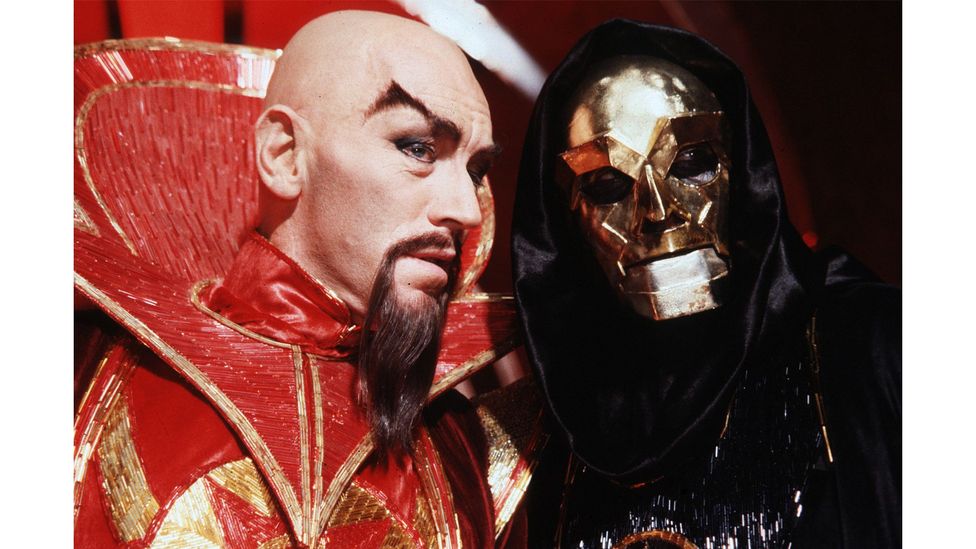E
Every science-fiction fan knows the story. In the early 1970s, George Lucas wanted to make a Flash Gordon film, a big-budget update of the 1936 Saturday matinee serial with Buster Crabbe. But he was turned down by King Features, the publishing company that held the rights to the character, so he went away and wrote his own space opera instead: Star Wars. In retrospect, it might not have been the best business decision that King Features ever made.
More like this:
– The most outrageous film ever made?
– The classic that’s saved lives
– The film that exposed our misogynistic culture
Not only did we get Lucas’s unauthorised Flash Gordon homage, Star Wars, but we also got a separate, authorised Flash Gordon film, directed by Mike Hodges, which came out 40 years ago in 1980. The two have a lot in common. In both films, an intrepid blonde hero joins rebel forces against an evil empire, a beautiful princess is tortured, and a masked villain has an all-black wardrobe. But in other respects, Flash Gordon and Star Wars are in galaxies far, far away from each other.





